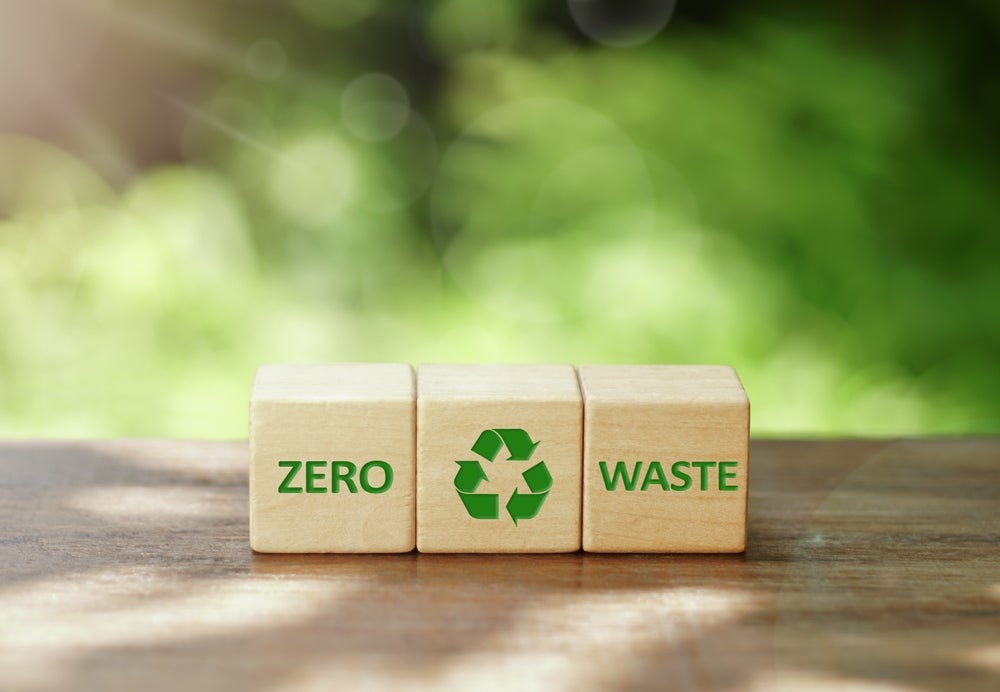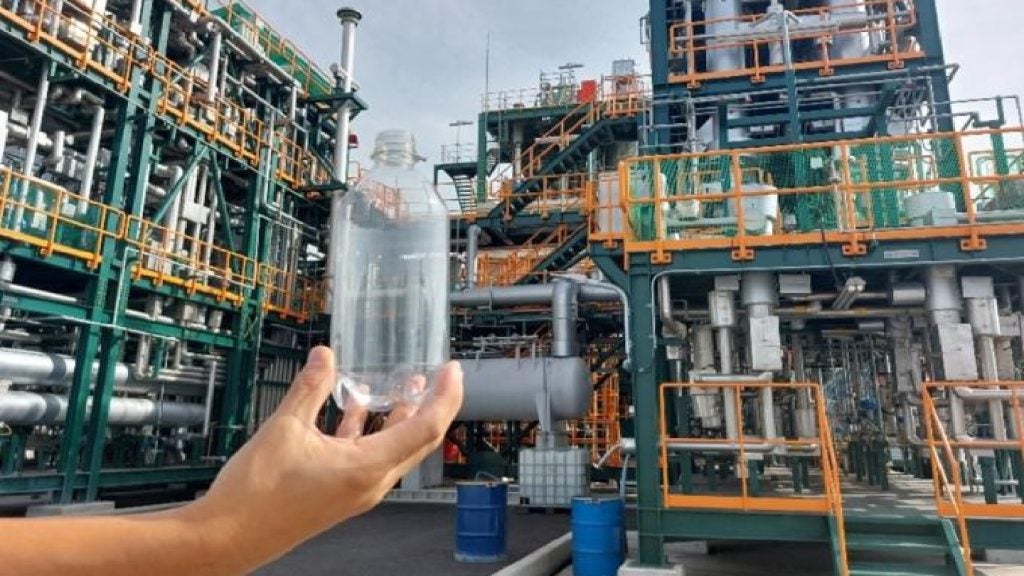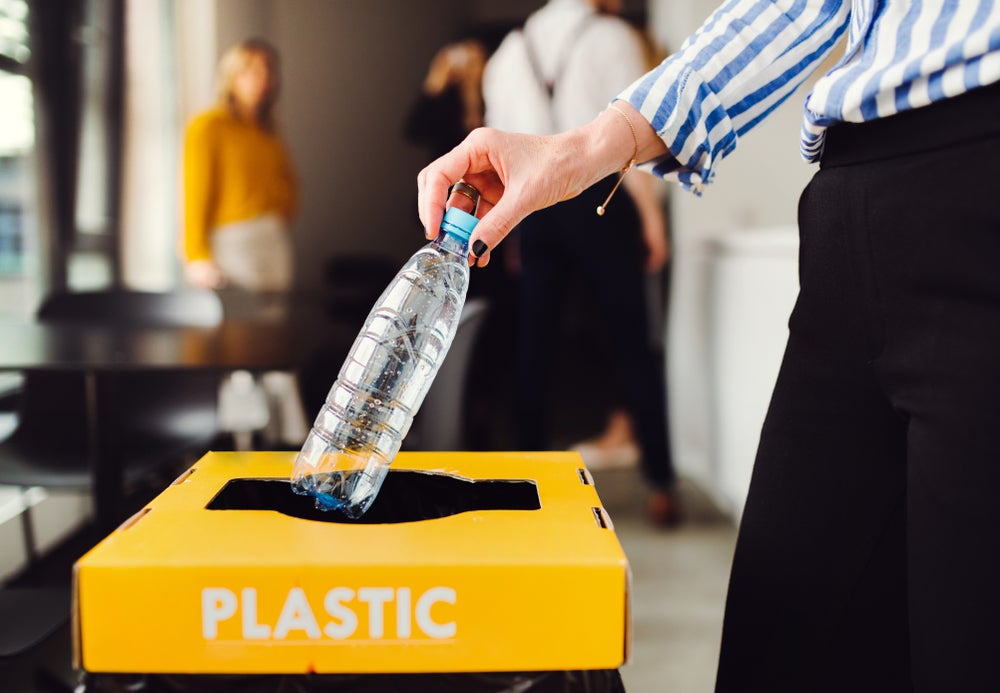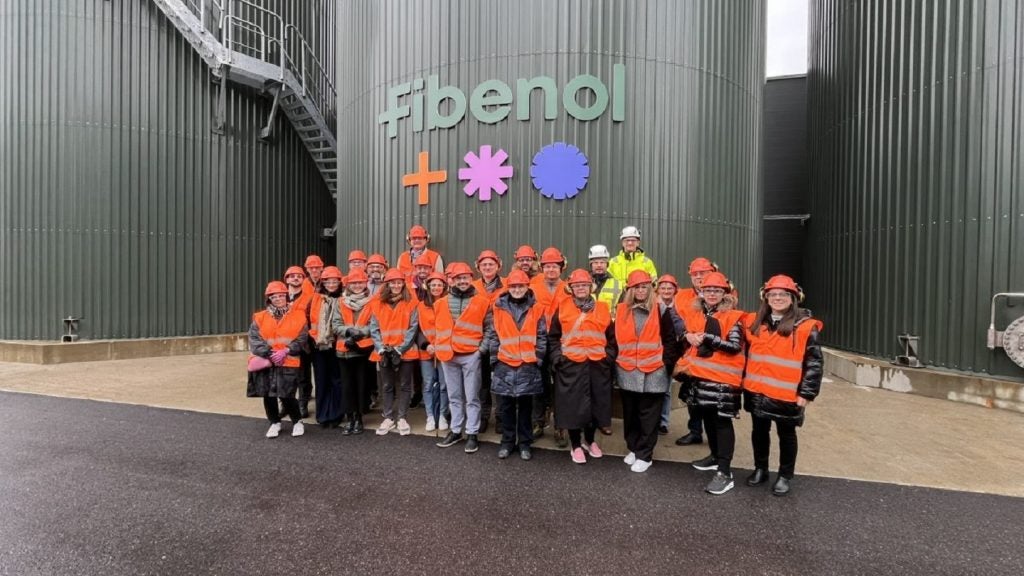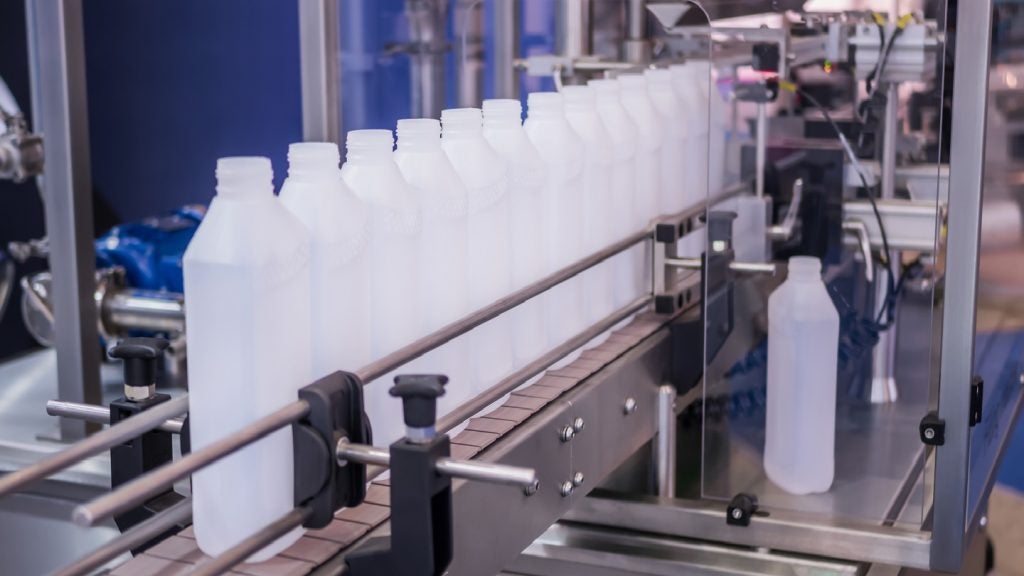The concept of a circular economy has emerged as a transformative model in packaging, offering a sustainable alternative to the traditional linear approach of 'take, make, dispose.'
Instead of discarding packaging materials after a single use, the circular economy encourages designing, using, and recycling packaging in a way that minimises waste and maximises resource efficiency.
As concerns over environmental impact grow, the packaging industry is increasingly embracing this sustainable approach. This article explores what a circular economy means for packaging, why it matters, and how businesses can adapt to this model.
Designing for a circular economy
The journey toward a circular economy in packaging starts with design. Traditional packaging often focuses on aesthetics and functionality, with little regard for what happens to the packaging after its use.
In contrast, circular economy packaging prioritises materials and designs that allow for repeated use, easy recycling, or biodegradation.
For packaging to be effective within a circular economy, it must be made from materials that can be reused, recycled, or composted. Brands are increasingly opting for materials such as bioplastics, recycled paper, and plant-based fibres.
These alternatives reduce the reliance on virgin resources and decrease the environmental impact. Biodegradable packaging, for instance, breaks down naturally without leaving harmful residues, making it a suitable option for products with a short shelf life.
Another crucial aspect is designing packaging that can be easily dismantled. Simple elements such as using fewer materials, reducing the number of adhesives, or designing labels that peel off easily can significantly improve recyclability.
This attention to detail makes it easier for recycling facilities to process materials, ensuring they re-enter the supply chain instead of ending up in landfill.
The role of consumers in the circular economy
Consumers play an essential role in driving the circular economy. As awareness of environmental issues rises, many consumers are actively seeking products with sustainable packaging.
Brands that offer packaging designed for reuse, recycling, or composting often find themselves at an advantage, as sustainability is increasingly influencing purchasing decisions.
One of the most significant changes in consumer behaviour is the adoption of reusable packaging models. Instead of discarding packaging after a single use, consumers are embracing systems where they return packaging for refills or reuse.
This shift reduces waste and promotes a more sustainable lifestyle. For example, several companies now offer refillable containers for everyday items like shampoo, detergent, and beverages, making it easier for consumers to contribute to the circular economy.
Moreover, consumers are demanding transparency from brands regarding their packaging practices. Companies that clearly communicate their efforts towards sustainable packaging, including information about recyclability, materials used, and disposal methods, tend to earn greater trust and loyalty.
This transparency not only educates consumers but also encourages them to make more eco-conscious choices.
The impact of regulations and policies
Government regulations and policies are instrumental in advancing the circular economy in packaging. Across the globe, policymakers are introducing measures to reduce packaging waste, encourage recycling, and promote the use of sustainable materials.
These regulations are pushing businesses to rethink their packaging strategies and align them with circular economy principles.
In the European Union, for example, the Packaging and Packaging Waste Directive sets targets for recycling rates and mandates the reduction of packaging waste.
This has led to an increase in the use of recycled materials and innovations in packaging design. The UK's Plastic Packaging Tax, introduced in 2022, is another example of a policy driving change, as it imposes a levy on packaging containing less than 30% recycled plastic, encouraging businesses to increase recycled content.
Companies that proactively adapt to these regulations not only avoid penalties but also position themselves as leaders in sustainability.
By investing in sustainable packaging solutions now, businesses can future-proof their operations against tightening regulations while benefiting from increased consumer goodwill.
The business benefits of circular packaging
Adopting a circular economy model offers numerous benefits for businesses, from cost savings to enhanced brand reputation. By designing packaging that can be reused or recycled, companies can significantly reduce the need for raw materials, leading to cost savings over time.
For example, using recycled content in packaging is often cheaper than sourcing virgin materials, resulting in reduced production costs.
Moreover, the circular economy opens up opportunities for businesses to innovate and differentiate themselves in the market. Brands that embrace circular packaging can create new revenue streams through refill models, subscription services, or by offering incentives for customers to return used packaging.
These models not only foster customer loyalty but also reduce waste, aligning with consumers' growing preference for sustainable options.
Investing in circular packaging can also enhance a brand's reputation, demonstrating a commitment to environmental responsibility. This reputation can translate into increased sales, as consumers are more likely to support brands that align with their values.
In a market where sustainability is becoming a key differentiator, businesses that adopt circular practices can gain a competitive edge.
Challenges and opportunities ahead
While the shift towards a circular economy in packaging presents numerous benefits, it is not without its challenges. One of the main obstacles is the lack of infrastructure for collecting, sorting, and recycling packaging materials.
Without an efficient recycling system, even the most sustainably designed packaging may end up in landfill. Addressing this challenge requires collaboration between governments, businesses, and recycling facilities to create a robust infrastructure that supports the circular economy.
Another challenge lies in changing consumer behaviour. Although awareness of sustainability is growing, not all consumers are willing to embrace reusable or recyclable packaging.
Educating consumers about the benefits of the circular economy and providing convenient options for recycling or returning packaging can help drive behavioural change.
Despite these challenges, the opportunities presented by the circular economy are vast. Innovations in materials, technology, and packaging design are rapidly advancing, making it easier for businesses to transition to more sustainable practices.
By staying informed about emerging trends and adapting to consumer preferences, businesses can position themselves for success in the evolving packaging landscape.


